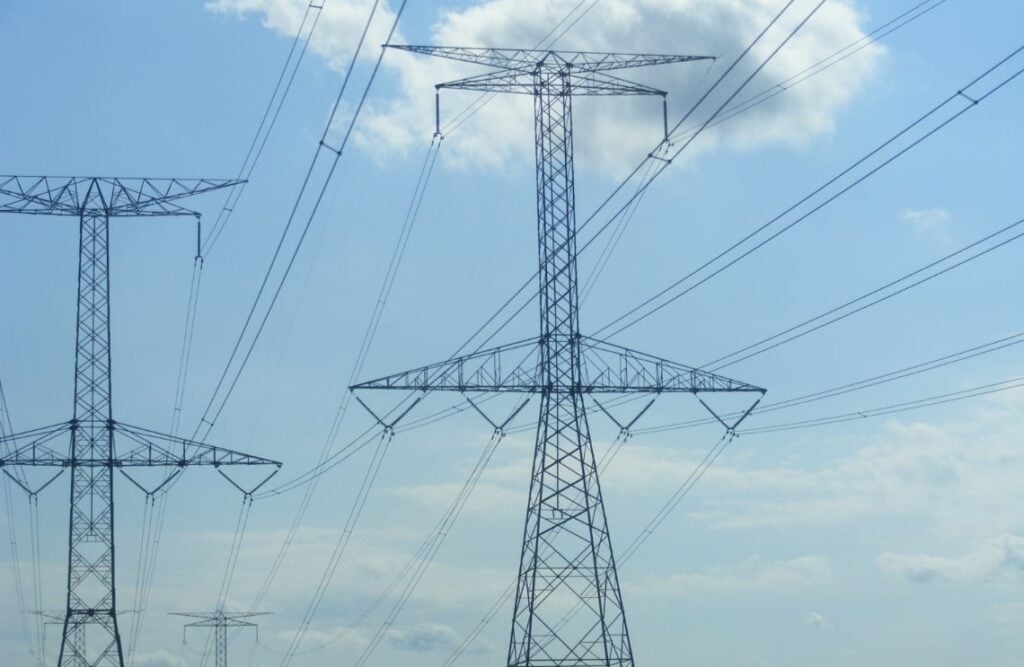
A senior executive from the US’ second-largest grid operator MISO sat down with Energy-Storage.news to discuss the challenges that come with a soaring energy storage market.
Doing the interview whilst at the Energy Storage Summit USA last month, MISO’s VP system planning and competitive transmission Aubrey Johnson provided a perspective on the issue of grid interconnection delays, a huge talking point at the two-day event and its Europe equivalent in London a month earlier.
Enjoy 12 months of exclusive analysis
- Regular insight and analysis of the industry’s biggest developments
- In-depth interviews with the industry’s leading figures
- Annual digital subscription to the PV Tech Power journal
- Discounts on Solar Media’s portfolio of events, in-person and virtual
The Midcontinent Independent System Operator (MISO) is responsible for the transmission system and electricity markets in 15 states in the Midwest and the South, with its 45 million people covered making it the second-largest after PJM.
It has 32GW of standalone storage and 34GW of projects combining storage and another renewable, Johnson said, more than three times higher than end-2021 (around 10GW each). This is due to a combination of the passing of the Inflation Reduction Act as well as the approval of the MISO Long Range Transmission Plan Tranche 1 portfolio.
Cost, modelling and flooded interconnection queues
Conducting the interview shortly after a Keynote discussion on the same topic, Johnson said: “The main barrier to further penetration of storage will be the overall cost. As I said in the presentation, there are other more cost-effective mechanisms and resources available today.
“But, our modelling indicates that to achieve decarbonisation and resource mix goals then storage is going to have a key place in that process.”
The two other challenges he highlighted are accurately modelling energy storage’s role on the grid and the increased workload to do this after interconnection queues were flooded after the Act was passed.
The roughly 600MW of storage online on MISO’s grid today is mostly an energy play, helping to meet load and smooth existing wind and solar plants. Going forward, storage will do more, especially as its price comes down, but getting there requires modelling which it itself a challenge.
“The short-term thinking for us for storage deployments is ‘how does it show up as a transmission asset and get transmission revenues’. Cost is significant. In a perfect world the battery owner and the battery developer wants to get every revenue stream possible, but our systems don’t work that way,” Johnson said.
“We look at this and say if you are transmission-only we can model that and understand those benefits and revenues. If you are a generating asset, then we know what that is and we can again understand those benefits and revenues, and also work out how to make sure the asset is charged. Today we focus on those two areas. As our systems continue to develop and we learn more about batteries, we can think about how you can monetise other services.”
A 2.5MW/5MWh, two-hour transmission-only storage project from one of MISO’s member organisations, ATC is coming online this summer, which will exclusively do things like frequency, voltage and short-circuit support, Johnson said. Another challenge will present itself as durations for energy storage projects grow, he added.
“The predominant product today is a four-hour battery and some of our modelling looks at longer ones, 6, 8 and 12 hour ones, and we’re really thinking about how you fill capacity and energy needs. Like, how do you deal with recharging when the renewables that you need to recharge the battery aren’t there as expected?”
He then went on to describe the soaring quantities of energy storage in the interconnection queue as a ‘chicken-and-egg’ issue.
” Our challenge is having a glut of projects that we need to work through and model. We need more projects to materialise, but those projects can cause congestion in the queue which delays the time to get studies done and determine their viability. It’s a bit of a chicken and egg scenario.”
The significance of MISO adding storage to its market portfolio
In September last year, Energy-Storage.news reported on MISO adding electricity storage to its market portfolio, allowing it to participate in MISO Energy and Operating Reserves Market as supply and demand resources.
Asked for more details on the significance of this and what it meant in practice, a spokesperson for MISO said:
“The Federal Energy Regulatory Commission (FERC) defines ESRs (electricity storage resource) as ‘a resource capable of receiving electric energy from the grid and storing it for later injection of electricity back to the grid regardless of where the resource is located on the electrical system’.
“ESRs are flexible resources that can help reduce peak demands, manage congestion and provide backup power for major disruptions because they can respond quickly and switch between injection (discharge) and withdrawal (charge) modes.
“The near-term benefits of the new ESR model are modest due to the small volume of storage resources. However, the new model positions MISO ahead of the increased storage participation anticipated with higher penetration of renewables and Distributed Energy Resources over the next five to 10 years.”
Read more recent news about the energy storage market in MISO territory here, including Michigan Democrats proposing a 2.5GW deployment mandate, a large acquisition by a Blackstone-owned developer and Vistra winning an interconnection exemption for a coal-to-battery project.

